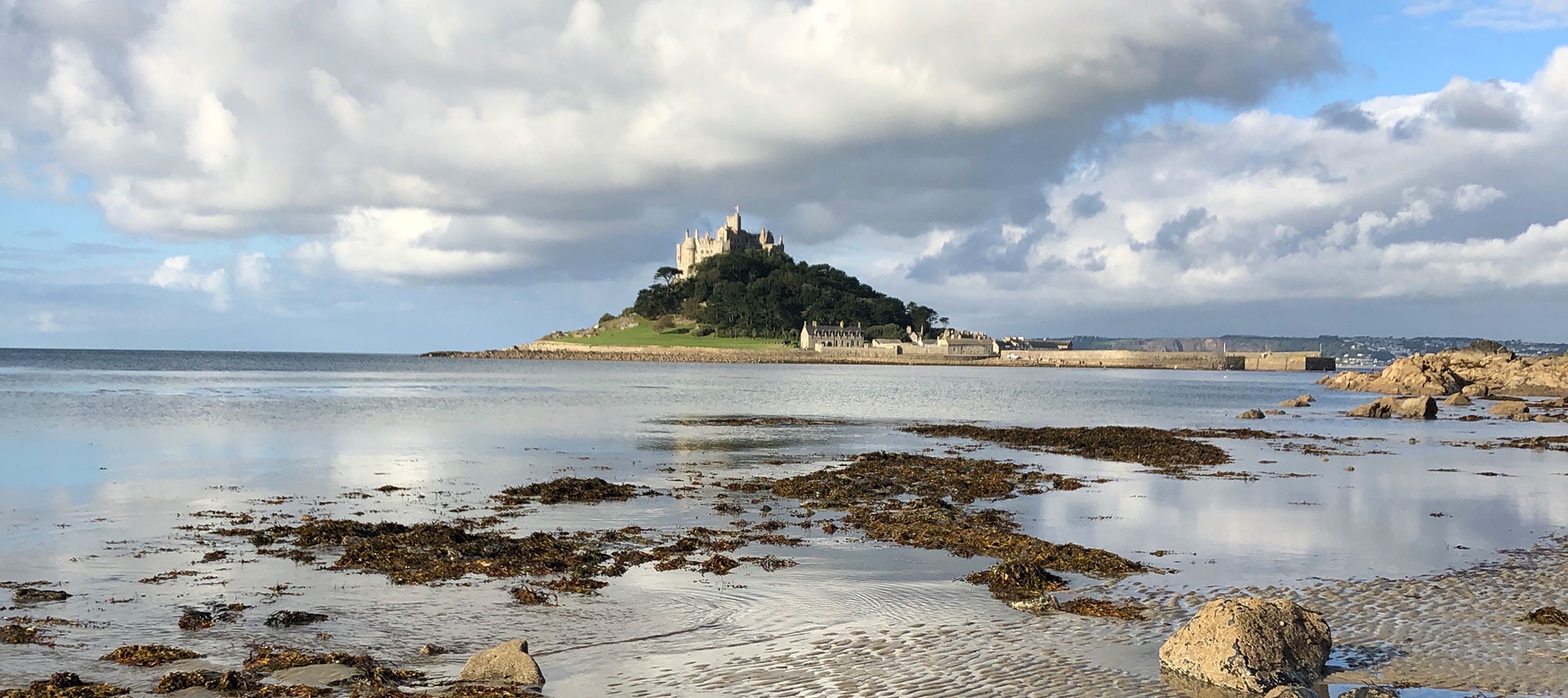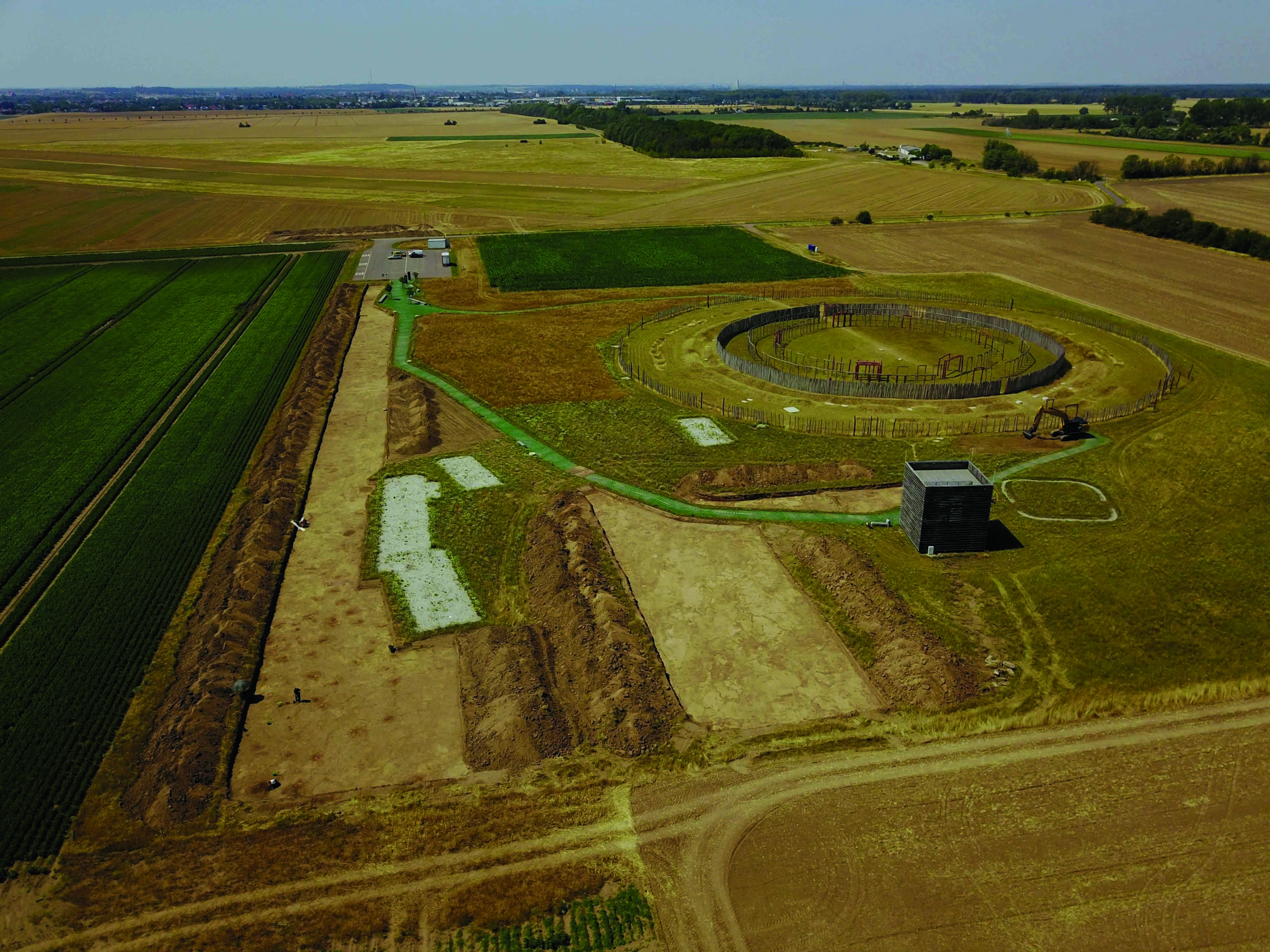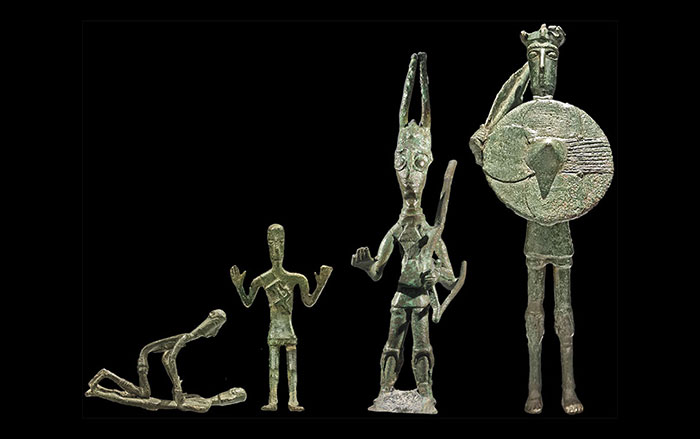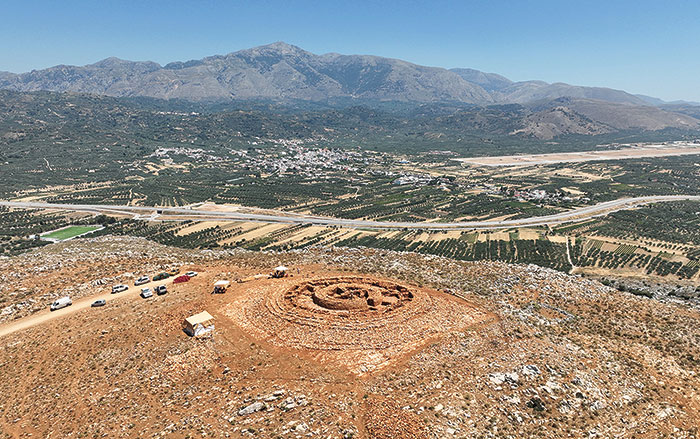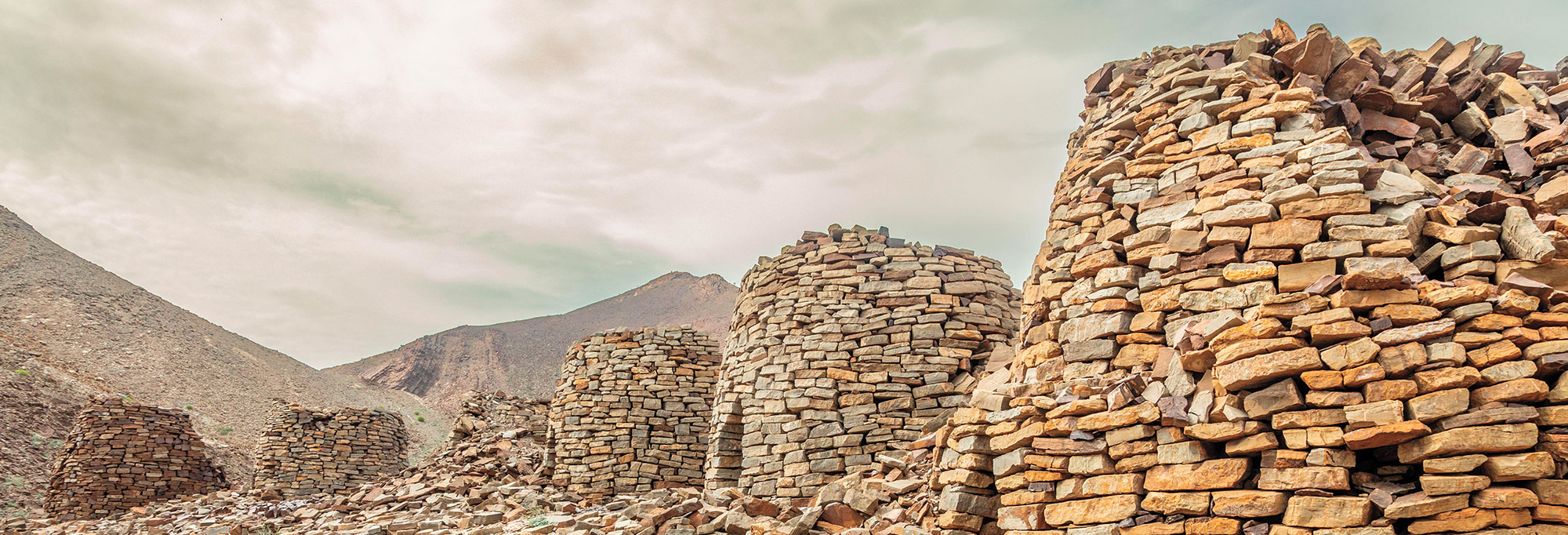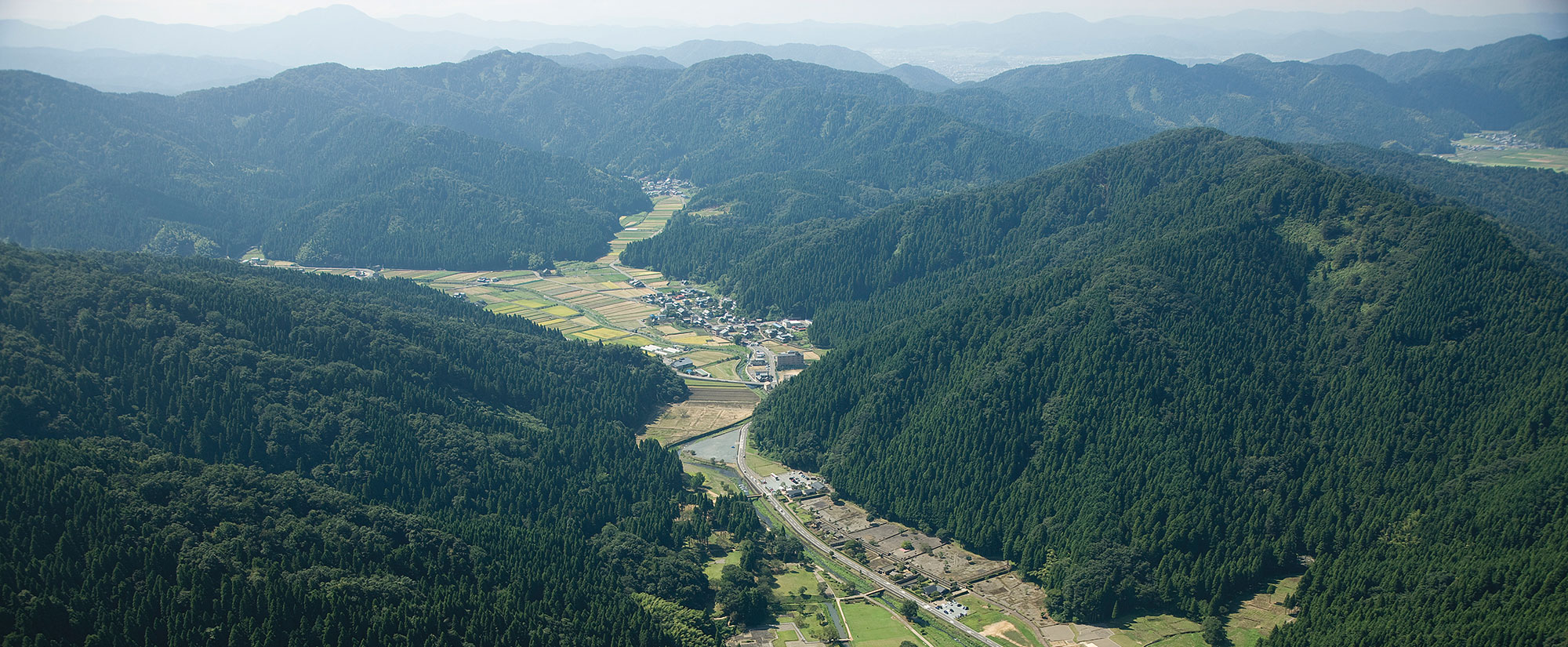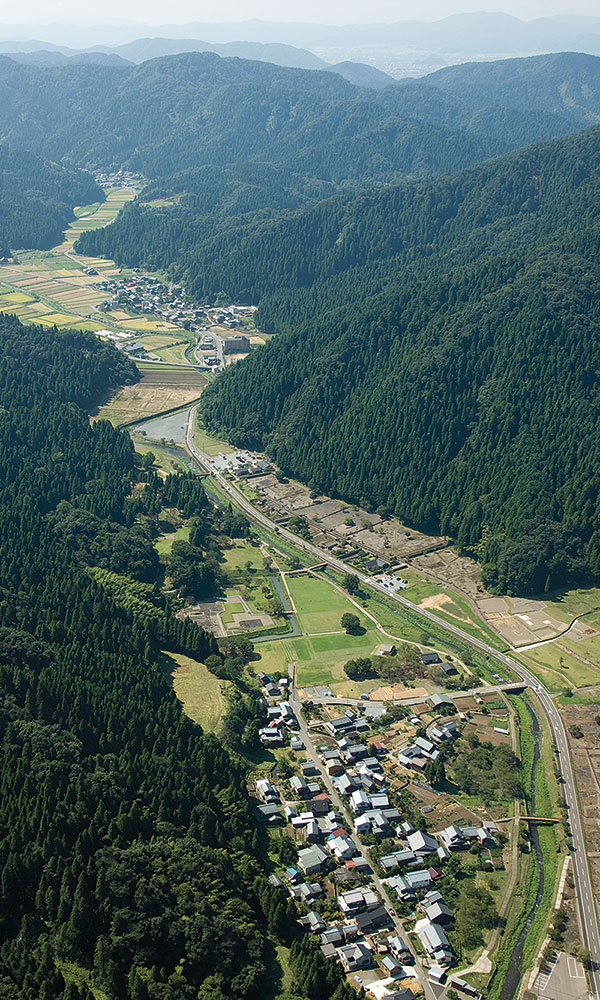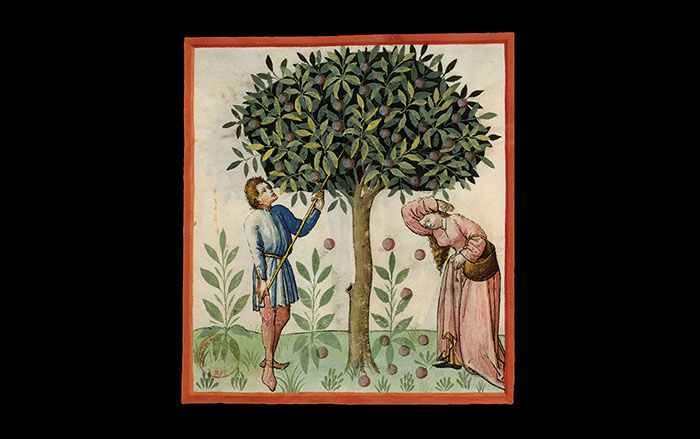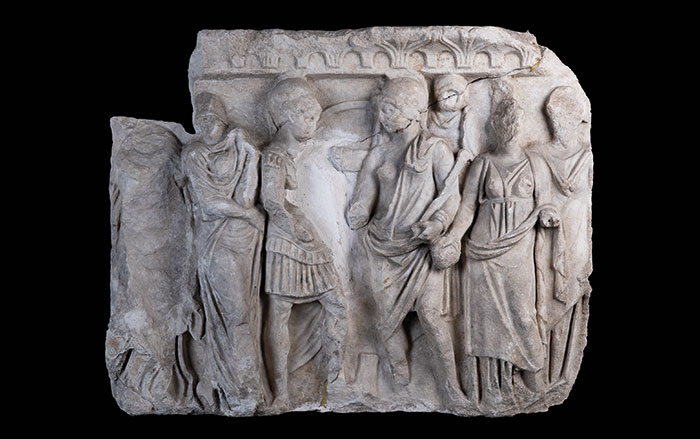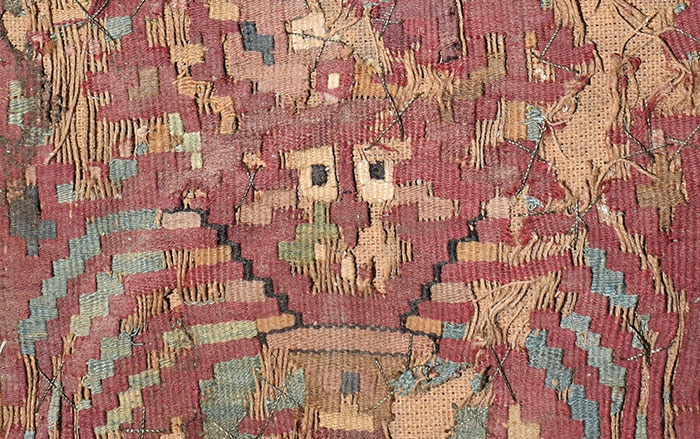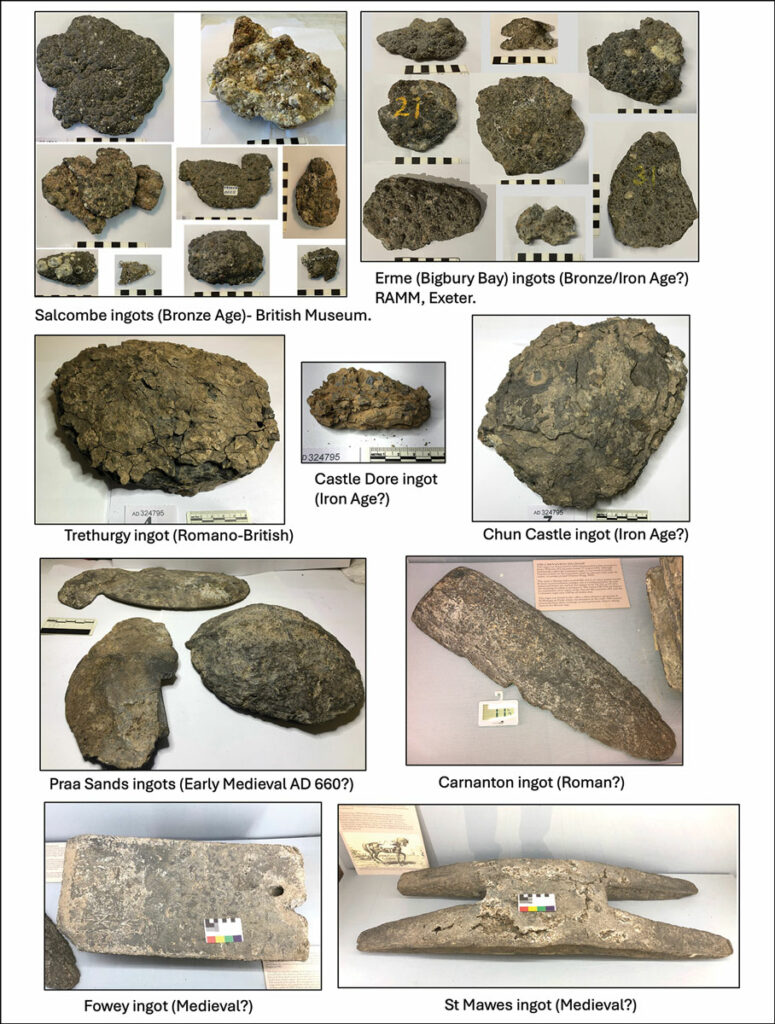
CORNWALL, ENGLAND—The emergence of bronze and the onset of the Mediterranean Bronze Age is one of the most pivotal events in history, as it coincided with the rise of new advanced civilizations. Yet to make bronze, which is an amalgam of both tin and copper, one needed tin, which was not readily available in the region. Experts have long argued about who exactly supplied all the tin. According to a statement released by Durham University, it was the remote tin mines of southwest Britain that were instrumental in satisfying the Mediterranean demand for bronze 3,300 years ago. New research led by Durham University archaeologists Alan Williams and Benjamin Roberts employed chemical and isotope analysis of tin ores and artifacts from shipwrecks found off the coasts of Britain, France, and Israel to determine that the precious metal was traded from sources in Cornwall and Devon to locales as far as 2,500 miles away. The study also seems to directly confirm the accounts of the Greek explorer Pytheas, who traveled to Britain around 320 b.c. and described a thriving tin trading center in the southwest of the island known as Iktis. Read the original scholarly article about this research in Antiquity. To read more about the possible location of Iktis, go to "Searching for Lost Cities: Which Island Is It Anyway?"


